Blanket insulation is a good choice because it is energy efficient, has noise reduction, and improves the efficiency of your HVAC systems. However, when choosing blanket insulation, you may face the dilemma of choosing between batt or roll types. We researched the differences and advantages between the two to make decision-making easier for you.
Batt and roll insulations are only significantly different in size and cut. They serve the same purpose and are equally effective. Batts are easier to handle if you are doing DIY installation. Rolls are best used for uneven structures to fill in gaps. No matter which type you choose, it will still get the insulation job done.
Batt and roll insulations are practically the same material, but there are still minor differences to consider with regards to installation, prices, thickness, and handling. As you read further, you will learn the advantages of each, and hopefully, help you decide which one to purchase.
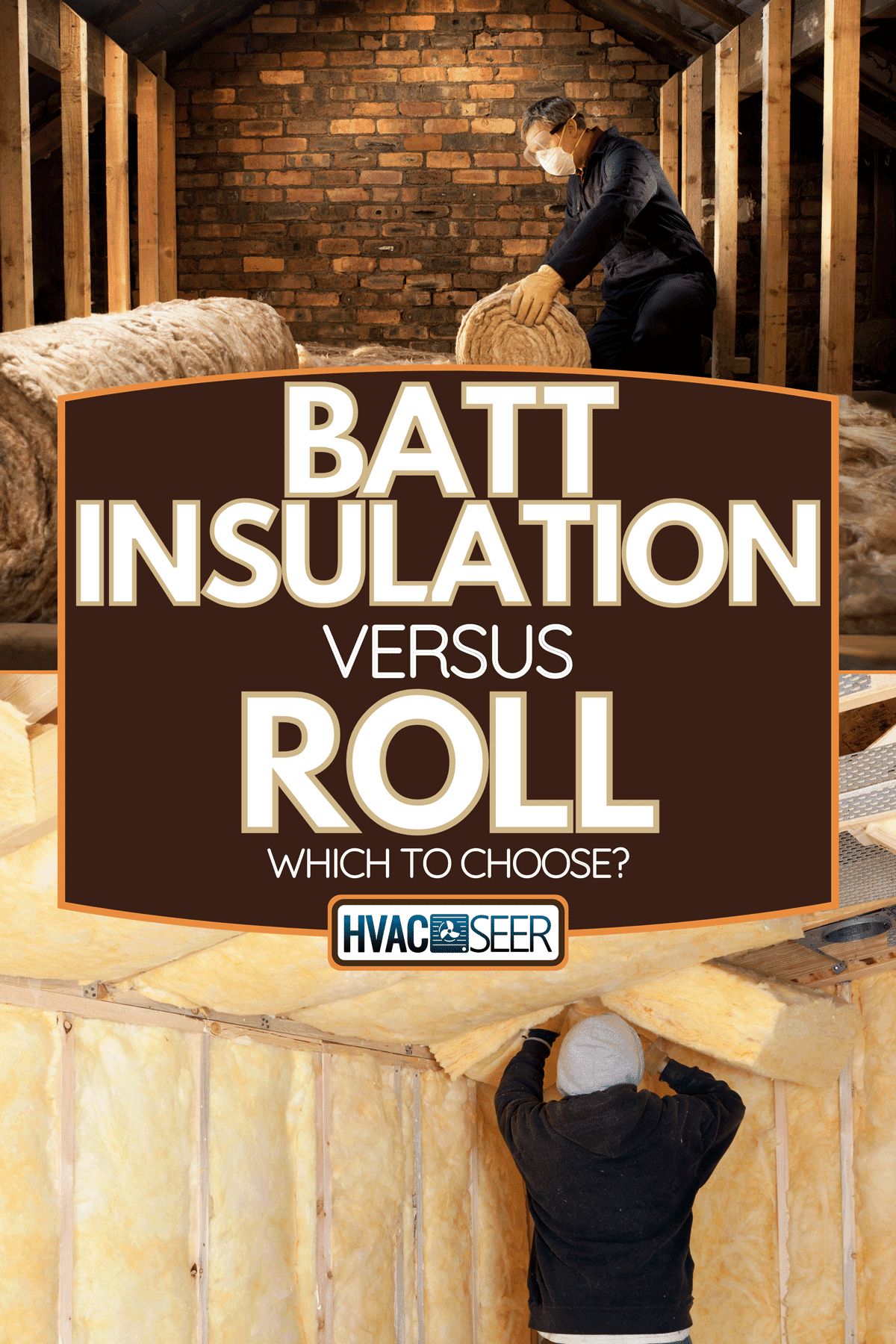
Forms Of Blanket Insulation
Blanket insulation is the most popular type of insulation because it is easy to install, is less expensive, and is effective in temperature regulation and noise reduction. It is very versatile and fits on ceilings, floors, walls, and even around pipes and wiring if there are no obstructions.
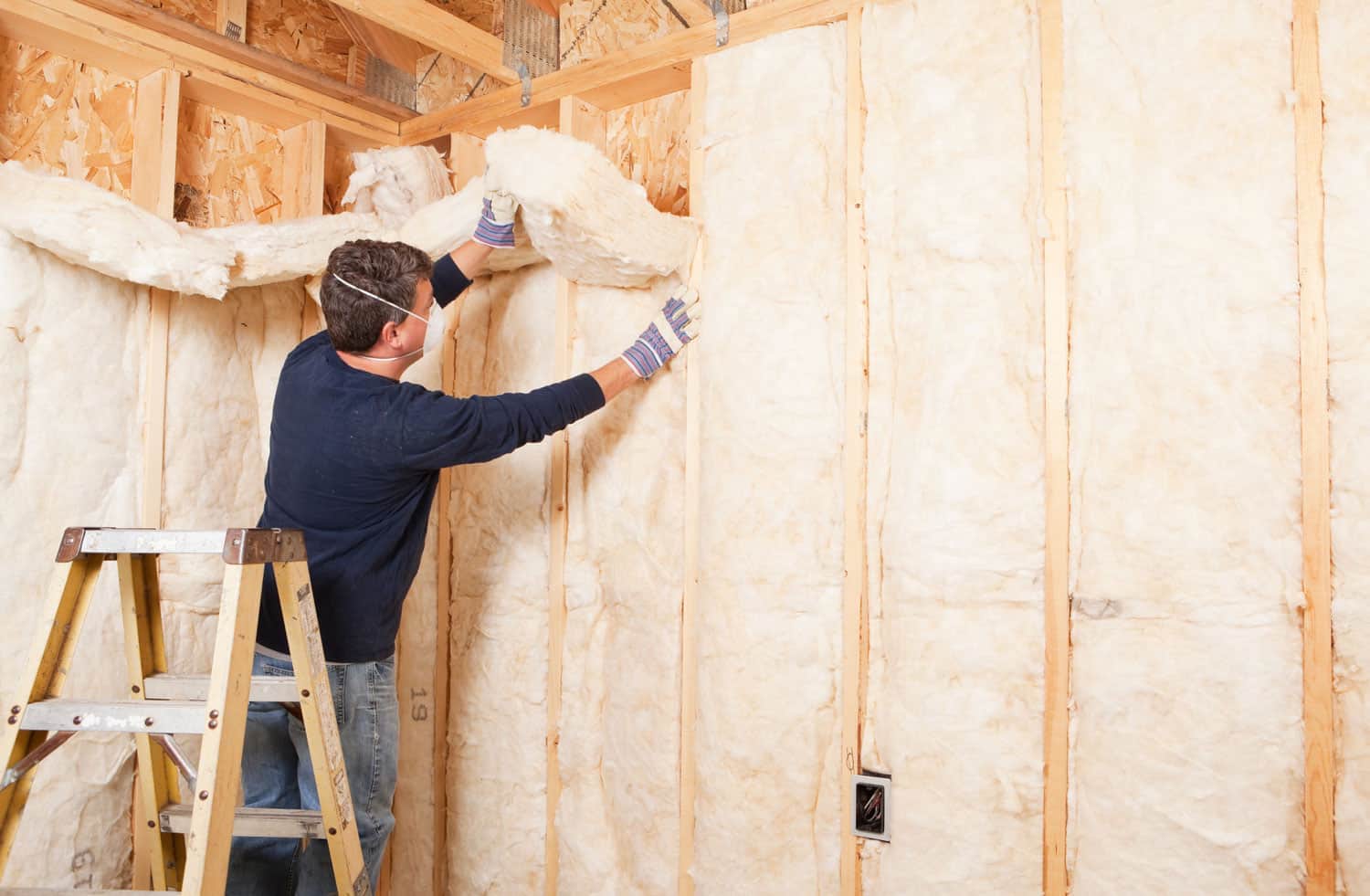
If you want to know more about the other types, you can read up on the 13 types of ceiling insulation.
The advantages of blanket insulation include:
- Improves energy and HVAC efficiency
- Reduces outside noise coming into the house
- Lowers cost of monthly energy bills
- Regulates indoor temperature
Blanket insulations are made from different materials. The most common and widely available material is fiberglass. This material was invented during the 1930s and continues to be a popular choice today. There are also other choices such as mineral wool, plastic fibers, natural fibers, slag, cotton, and sheep's wool.
Blanket insulations come in two forms—batt and rolls. This is where most people struggle to make a purchasing decision, so read on to learn more about their differences.
Batt Insulation
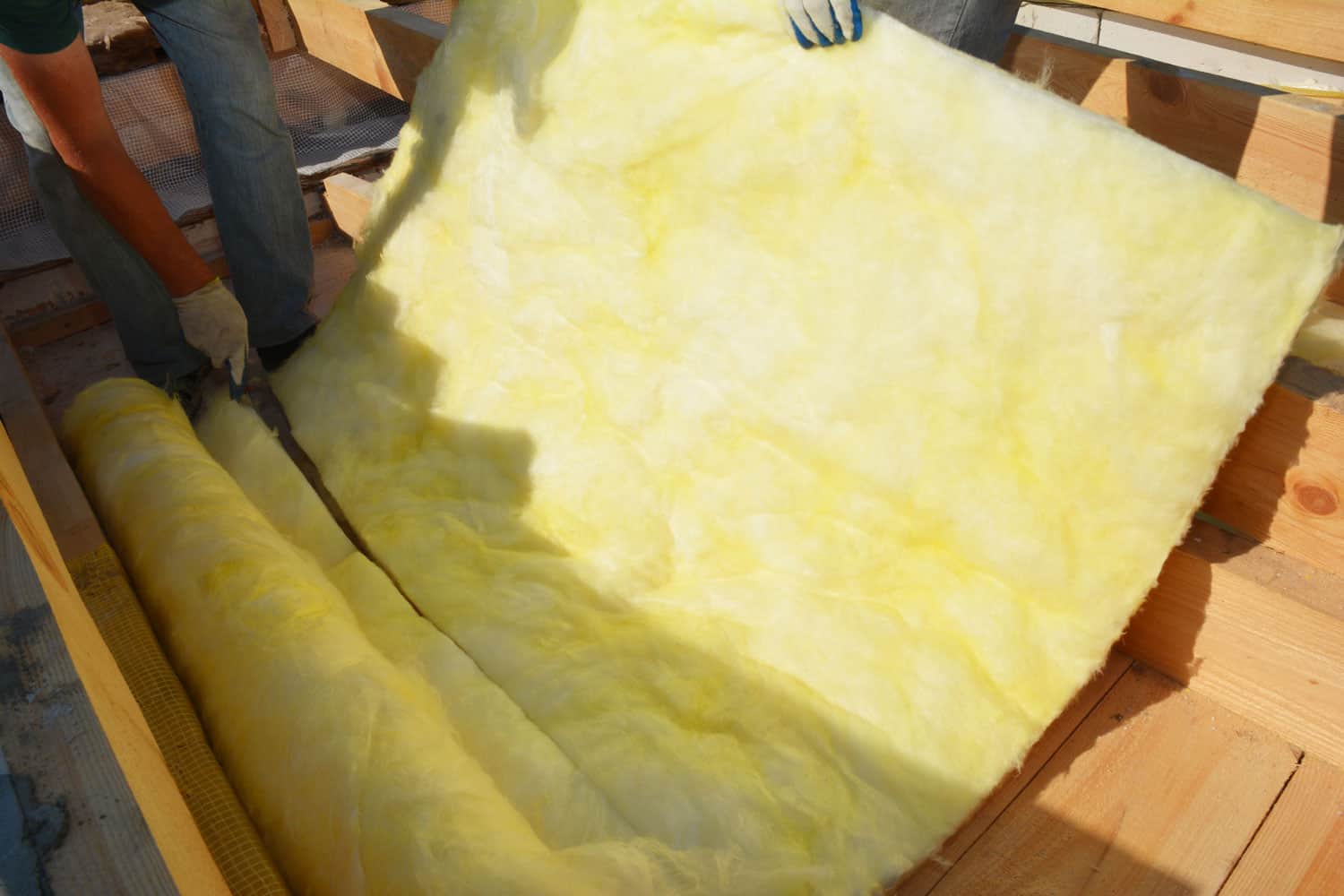
Batt insulations come in pre-cut rectangular panels in various lengths, thicknesses, and widths. They are available in sizes between 48 to 93 inches, but longer ones at 96 inches are typically for metal framing. Batts are easier to handle and ideal for DIY insulation projects when covering small areas.
Faced or Unfaced
Batt insulation products can be faced or unfaced. Faced means that one side has a plastic or paper backing material that acts as a vapor barrier to prevent condensation. Unfaced means the insulation has no backing material and no vapor barrier. One benefit is that it is non-combustible and can reduce the chances of catching fire between the interior walls.
Thicknesses & R-value
Metal frames and wood-framed walls typically need insulation batts that are between 3.5to 6.5 inches thick. The ones used for floors and ceilings are thicker at around 6.5 to 12 inches thick.
The size and thickness of the insulation determine its R-value, which is the ability of the material to reduce heat flow. You can compute for R-value ratings depending on the type of insulation.
Check out this Ceramic Fiber Insulation on Amazon.
Before purchasing batt insulation panels, you need to be sure of the measurement of the area where you will fit the panels. You need to buy the right size and number of boards to ensure it is enough to cover the surface. You should purchase batts at least half an inch wider than the stud space to ensure a snug fit.
Roll Insulation
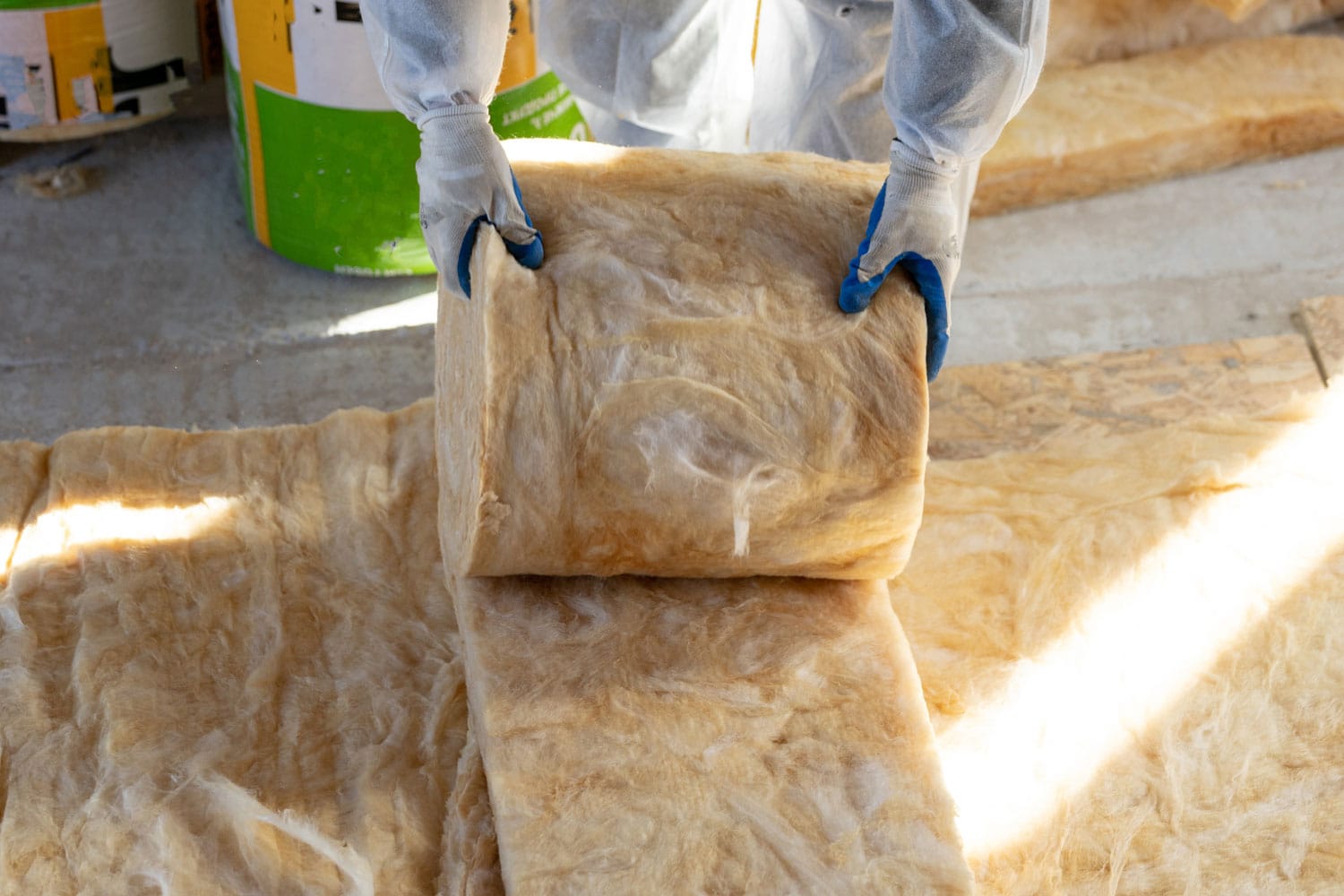
Roll insulation is not pre-cut and will come in one long roll. It is light and easy to handle, so it's up to you to measure it according to the dimensions you require. Roll insulation is very flexible because you can roll it out on ceiling joists and easily fit into irregularly-shaped gaps.
Its flexibility also means that it is made of thinner materials and can sometimes tear. You may want to purchase an extra roll in case you make a wrong cut, if it tears, or if you want to make double-layer insulation. Rolls also come in a faced and unfaced variety.
Check out this Unfaced Insulation Roll on Amazon.
Roll insulations are suitable if you are working on a large wall area or high ceilings. They are bulky to handle and require room to work around. It is best to work with more than one person handling the material. Rolls are also an ideal choice if installing insulation across joists to eliminate thermal bridging.
Is Batt Insulation Better Than Rolled?
The answer here depends on where you will place the insulation material. One is not better than the other. Both will be very effective, but you need to choose according to your requirements.
Choose batt insulation if:
- You are working on a small area and in tight spaces such as an attic
- The site you are working on has obstacles such as electrical wiring and ventilation pipes
- You are working alone or doing a DIY insulation project because these are easier to handle
- You can easily measure the area where you will fit the insulation panels
Choose roll insulation if:
- You are working on a large area such as a garage or a room with a high ceiling
- You are working insulation across joists
- The area you will work on has a few obstacles
- If the area has gaps and uneven spaces that need to be covered
Batt Or Roll Insulation For Walls?
Both batt and roll are effective for wall insulation. However, experts advise that if you need to cover a wide wall area, it is best to use batts to lessen cutting.
If you use rolls to cover a wide wall area, you will need to labor on measuring, fitting, and cutting the rolls for every wall panel. You will also need extra tools such as a utility knife or an insulation knife. Batts are already pre-cut, so you only need to fit and secure them snugly in between the wall cavities.
Check out this Long Cut Insulation Knife on Amazon.
It is important to note that you cannot insulate all walls in the house with batts and rolls. Basement walls, for instance, are best insulated with rigid foam or spray foam because that area is prone to moisture.
Blanket insulation like fiberglass is not moisture-resistant and can easily develop mold if applied directly to concrete. If you still want to use blanket insulation, you will need to add a layer of protection between the fiberglass and concrete.
Which Is Cheaper, Batt, Or Roll Insulation?
There is very little price difference between batt and rolls, that price isn't even a factor to consider when making a purchasing decision between the two. A square foot of standard insulation roll will cost around $0.80 to $1.00 while batt panels will range from $0.12 to $0.60 per square foot.
These prices can vary depending on the material, brand, thickness, and R-value. To give you an overview of project costs, according to the U.S. Department of Energy, the cost to DIY insulate floors over unconditioned garages is $0.60 to $1.00 per square foot if you use R-30 batts.
Insulating and air-sealing the floor above your garage will prevent car exhaust and toxic odors from paint and solvents from rising up and entering indoors.
Does Insulation Degrade Over Time?
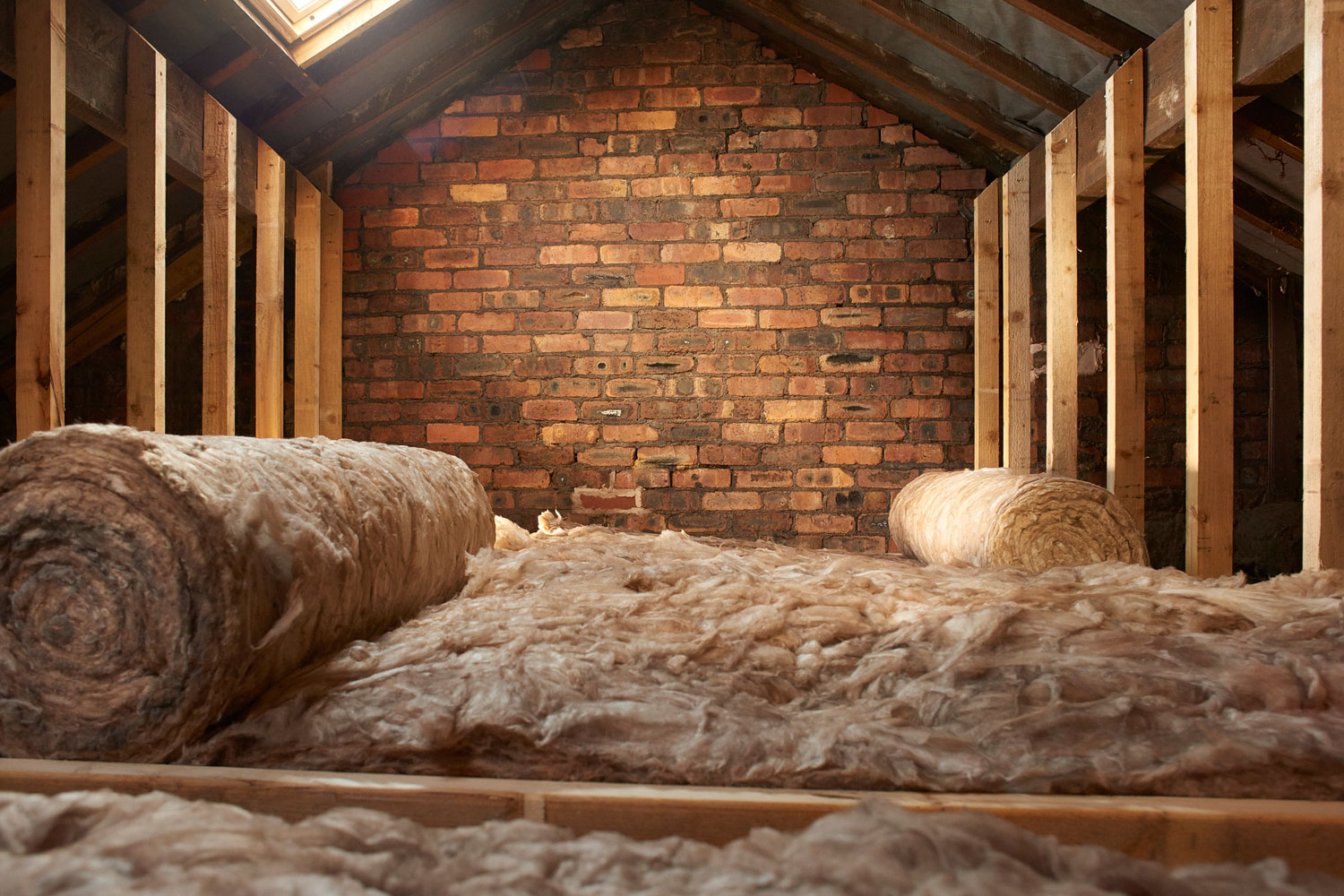
Insulation will wear down over time, but most blanket insulation will take several decades to degrade completely. However, you may see small bits of the material wearing off after 15 years and may need to check the roof in case of damage or pest infestation.
In most cases, you won't need to replace the insulation, and some homeowners don't even need to replace it during their lifetime. Batt and roll insulation will often have a warranty of around 50-70 years.
It's recommended to inspect your insulation every 10 years. If you are moving to a new home and you're unsure how long the insulation has been installed, you can have it retrofitted during renovations when the walls are exposed.
Takeaway
There is very little difference between batt and rolled insulation, so you don't need to overthink too much when choosing between the two. Whichever type you decide will surely get the job done and give you the same energy-saving efficiency and temperature regulation.
Both are easy to install by yourself if you choose to DIY. However, if you don't feel confident due to inexperience, it's always best to hire professionals for the insulation job.



